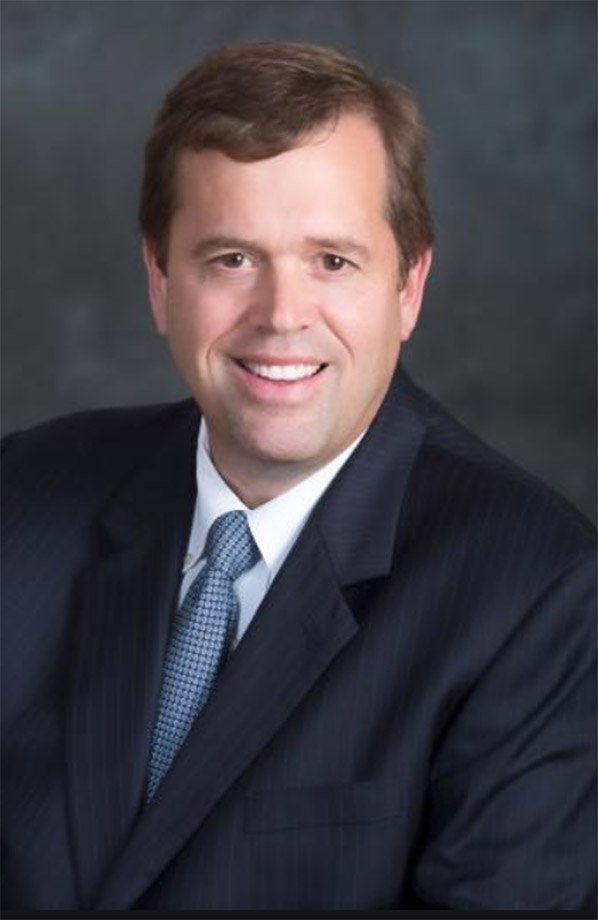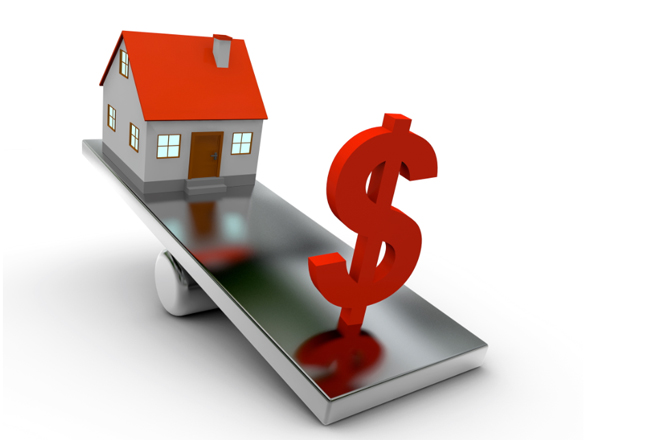Any long-lasting economic effects of the Covid-19 pandemic on the Hudson Valley may not be as devastating nor as long-lasting as some have feared, based on what Michael Oates, president and CEO of the Hudson Valley Economic Development Corporation (HVEDC) has been hearing and observing.
“There”™s an absolute explosion of interest in the valley and there”™s been a huge exodus of people out of New York City and a great deal have moved into the Hudson Valley region,” Oates told the Business Journal when asked about various signs of recovery from Covid, such as trends in real estate.
 “This is all great on the residential side. We still as a region need to have a vibrant New York City and it”™s critically important to the long-term benefit of the Hudson Valley. We can”™t be incredibly strong and have a weak New York City so there has to be a balance and stabilization,” Oates said.
“This is all great on the residential side. We still as a region need to have a vibrant New York City and it”™s critically important to the long-term benefit of the Hudson Valley. We can”™t be incredibly strong and have a weak New York City so there has to be a balance and stabilization,” Oates said.
“On the commercial side we are seeing a tremendous amount of activity. I think there are investors that have been on the sidelines for the last year looking for opportunities and now that they see a pathway to the end of the pandemic, obviously it”™s still going to take some time, they”™re starting to make those investments.”
Oates said the more people are vaccinated as quickly as possible the sooner and faster the rebound from Covid can move forward. He described the Hudson Valley housing market as being “on fire,” a lot of activity in the product distribution sector, strong activity in health care, a picking up of activity in the hospitality sector, growing interest in film production and anticipation of renewed tourism activity this summer in addition to the phased opening of Legoland.
Oates said the companies that have weathered the storm are going to find themselves in good financial positions in the coming months and they”™ll want to grow and the Hudson Valley is one of the places they”™ll be looking to do it.
Oates said that a lot of real estate developers who have previously overlooked the Hudson Valley or whose interest in the region ended at Westchester now are looking farther north and west.
“That trend has been happening even before Covid hit. I was on a call earlier today talking about a major 800-acre property in Ulster County, a major development project that would have tens of millions of dollars of investment and hundreds of jobs created,” Oates said. “It”™s a group that is outside of the region and has done work in New York state and now they”™re looking at a great opportunity that”™s presenting itself in the Hudson Valley.”
Oates noted that Simone Development Cos., well known in Westchester real estate circles, has made investments in the area of New York Stewart International Airport just outside of Newburgh.
“We”™re starting to see major players finding smart opportunities,” Oates said. “A lot of that started with our health care sector. Groups like Montefiore, Westchester Medical, have all looked at the Hudson Valley and northern Hudson Valley as growth opportunities.”
Oates expects to see more distribution center warehousing developed in the Hudson Valley following in Amazon”™s footsteps with its new facility near Stewart Airport and another planned for Dutchess County.
“As we start to see that investment from Amazon into the Hudson Valley I think it”™s going to spur additional distribution opportunities and warehousing as well. The world has become a home delivery mindset and a lot of retail has moved to companies like Amazon and there”™s a need to get those products delivered. This corridor is a very important corridor for their growth in this part of the country.”
Oates lauded the Port Authority”™s latest plan to try to attract new airline traffic to Stewart and promote its use by passengers, saying that the time has come for the airport to become what so many people had hoped it could become.
“We”™ve had some starts and stops over the years. When numbers started rising, 9/11 hit. When numbers started rising again at the airport we had the economic downturn of 2008 and 2009 and now, obviously, the pandemic has impacted air travel,” Oates said.
Oates said that as an organization the HVEDC has been successful in creating programming that served its members during the pandemic by utilizing online technology.
“The reality is that people do want to get together in person. I think over the coming months we”™re going to see a hybrid model of smaller in-person participation with some sort of online presence as well. The market will dictate what the future holds,” Oates said. “If people are comfortable and the market has moved back to fully in-person presentations we”™ll be there along with those trends. If people want a hybrid model I think we can provide that to them in a very effective way.”
Oates said that some of the online events produced by HVEDC during the pandemic brought in from 10,000 to 40,000 participants.
“You can”™t get those numbers in an in-person presentation so if we can provide meaningful content to a larger audience by having a hybrid model I think that”™s what we”™ll continue to look to do,” Oates said.
He pointed out that as an organization, HVEDC works on both sides of the political aisle and delves into serious issues such as housing, economics and jobs.
“We talk about investments; we talk about jobs. We work with county executives down to town supervisors, mayors, planning board, all the way up through state government from our assembly members, our senate members, our governor”™s office and, obviously, on the federal side,” Oates said.
“So, our job is to find people, elected officials, that are thinking about the economics, that are trying to educate themselves, that are trying to be proactive in finding solutions and I think we”™ve got a good mix on both sides of the aisle that are committed to trying to provide opportunities for people. Ultimately, that”™s the name of the game.”






















